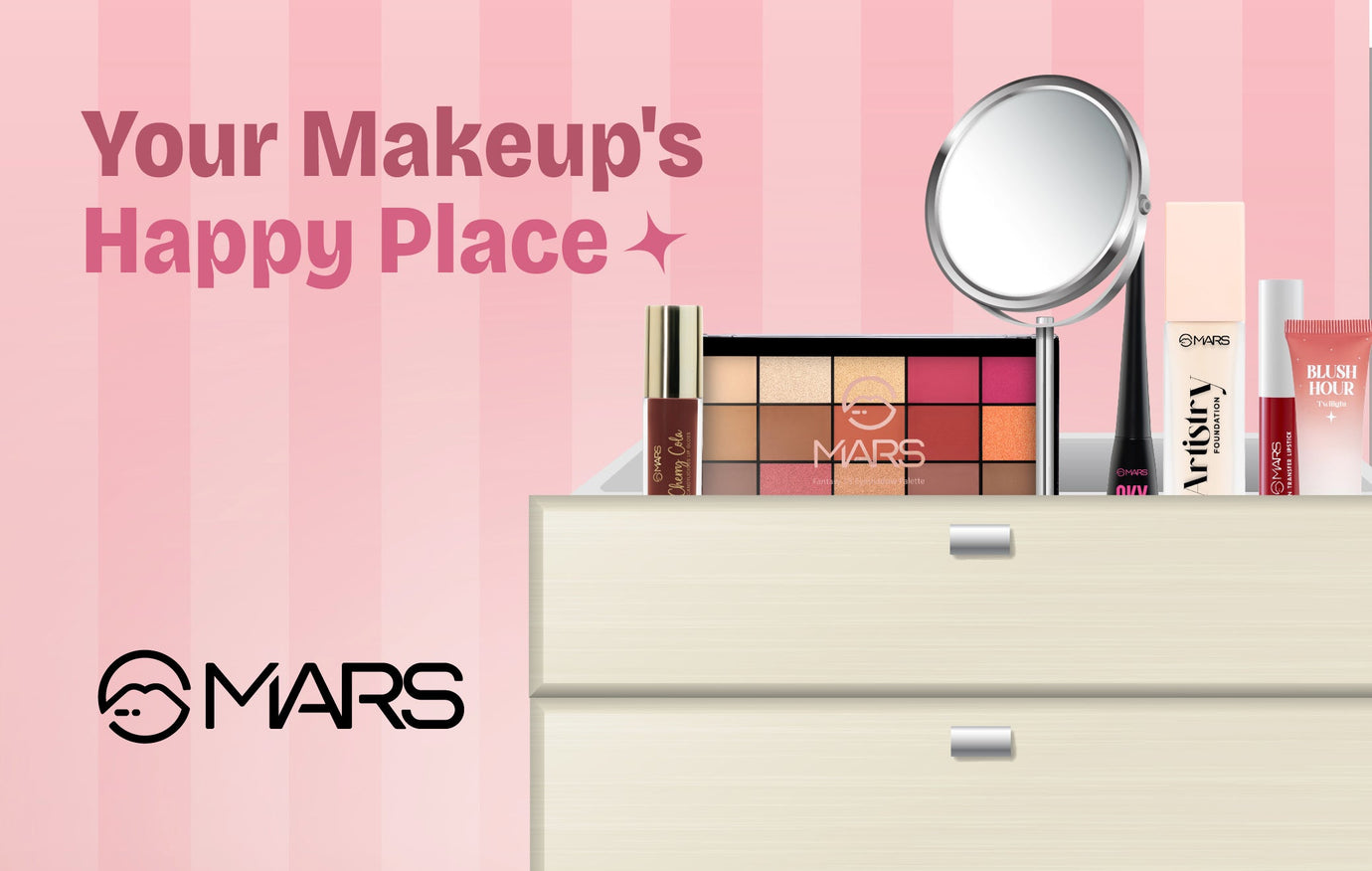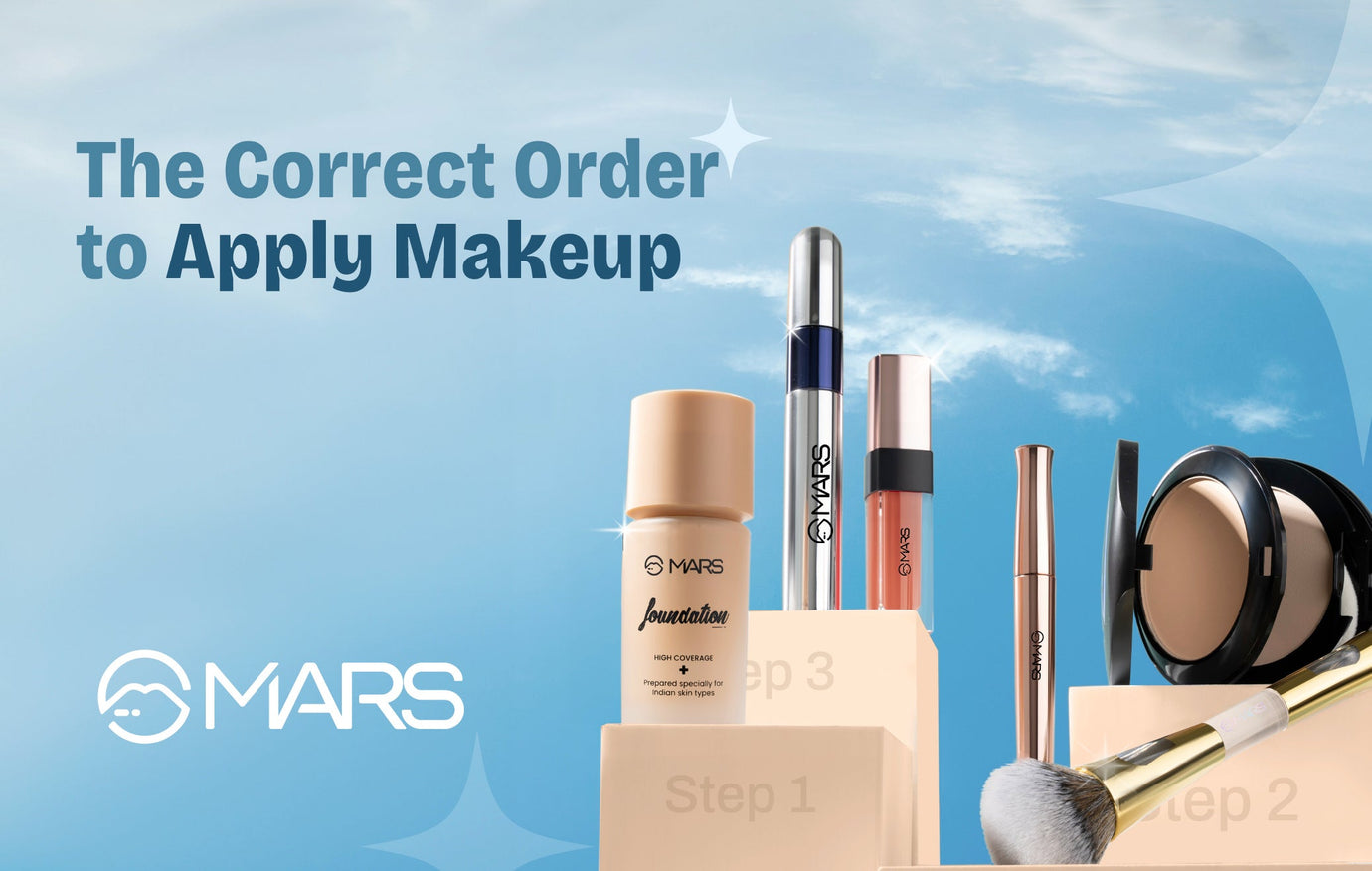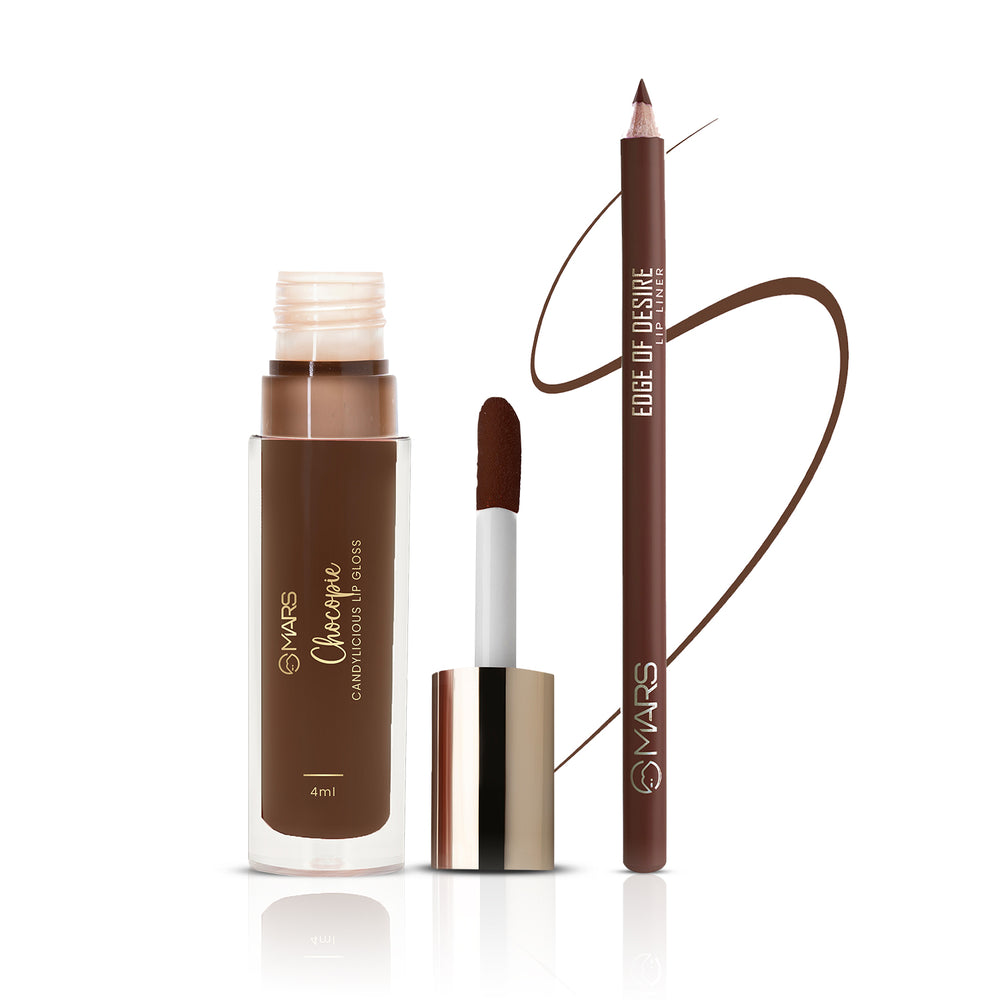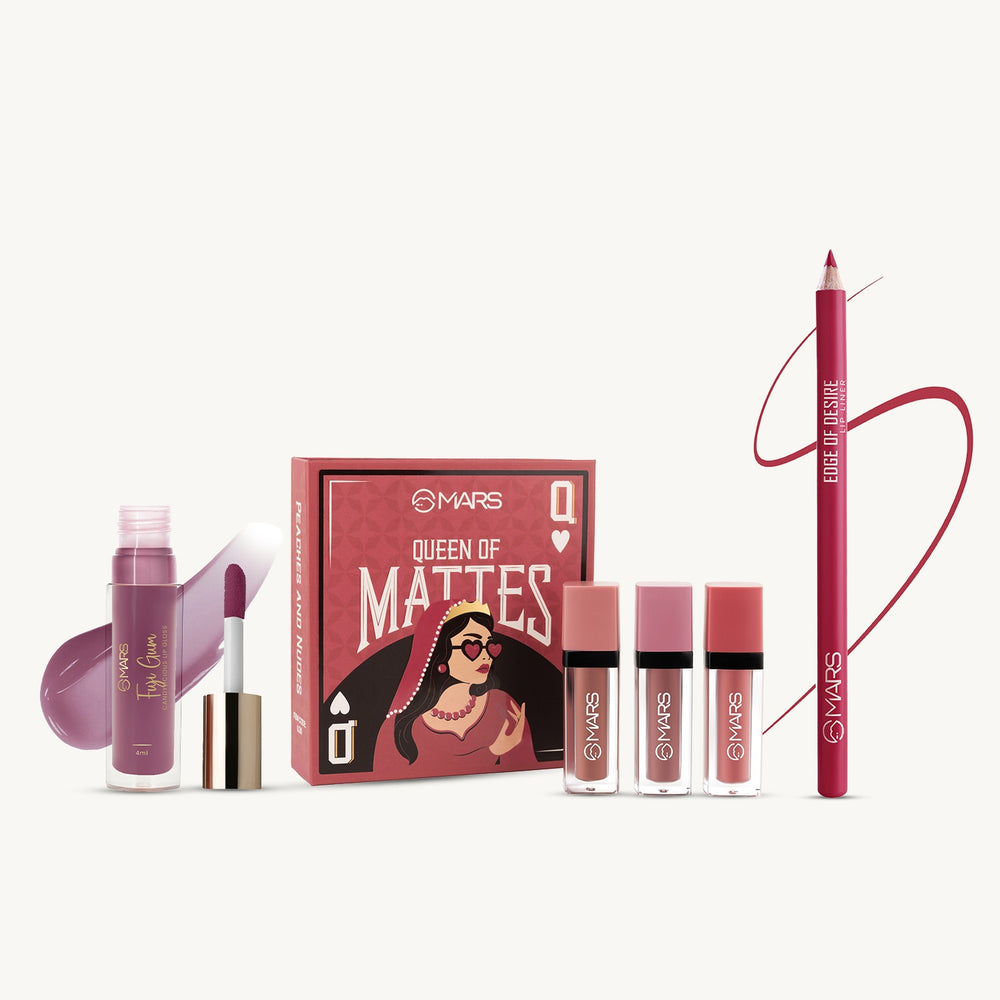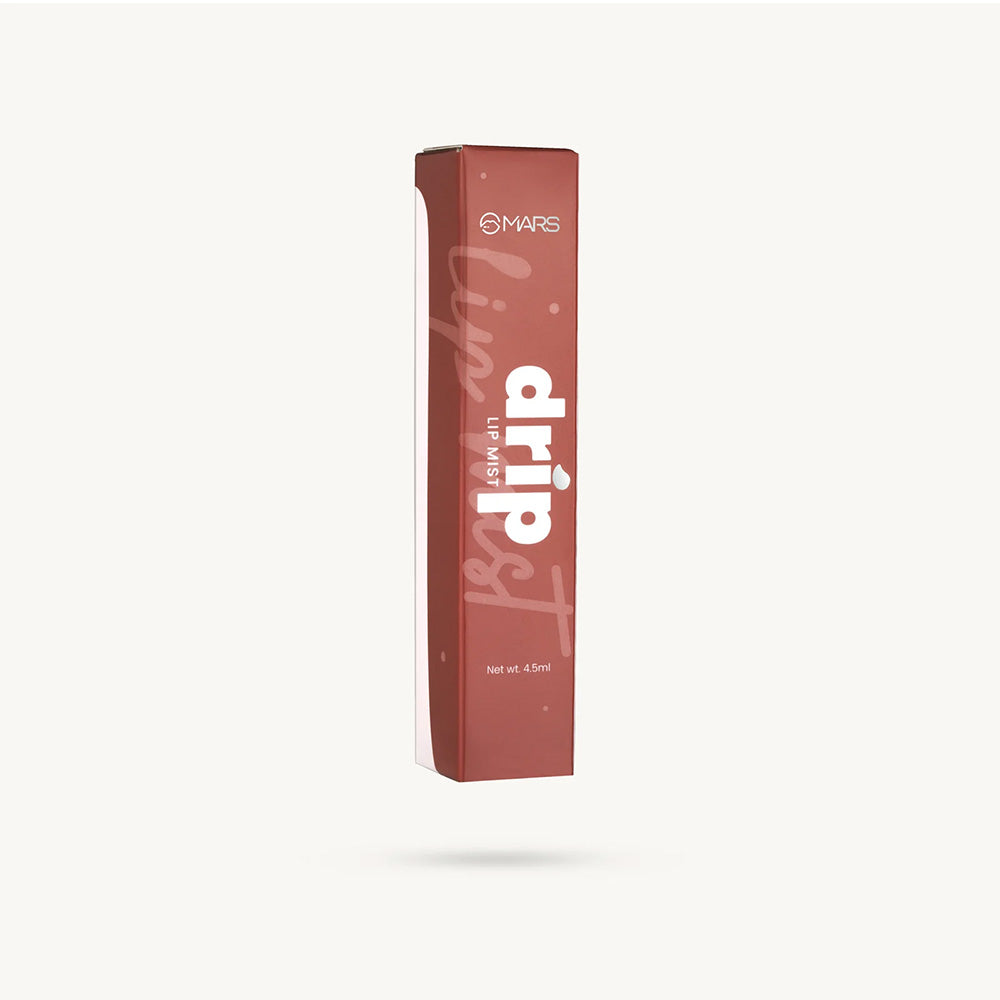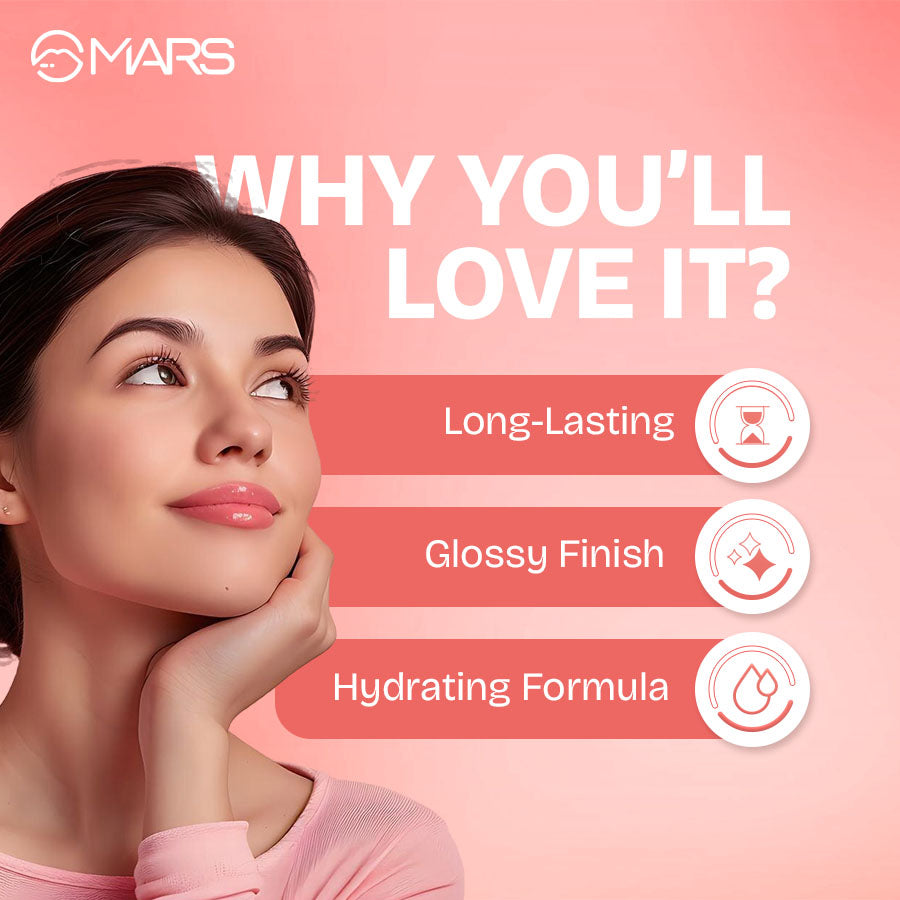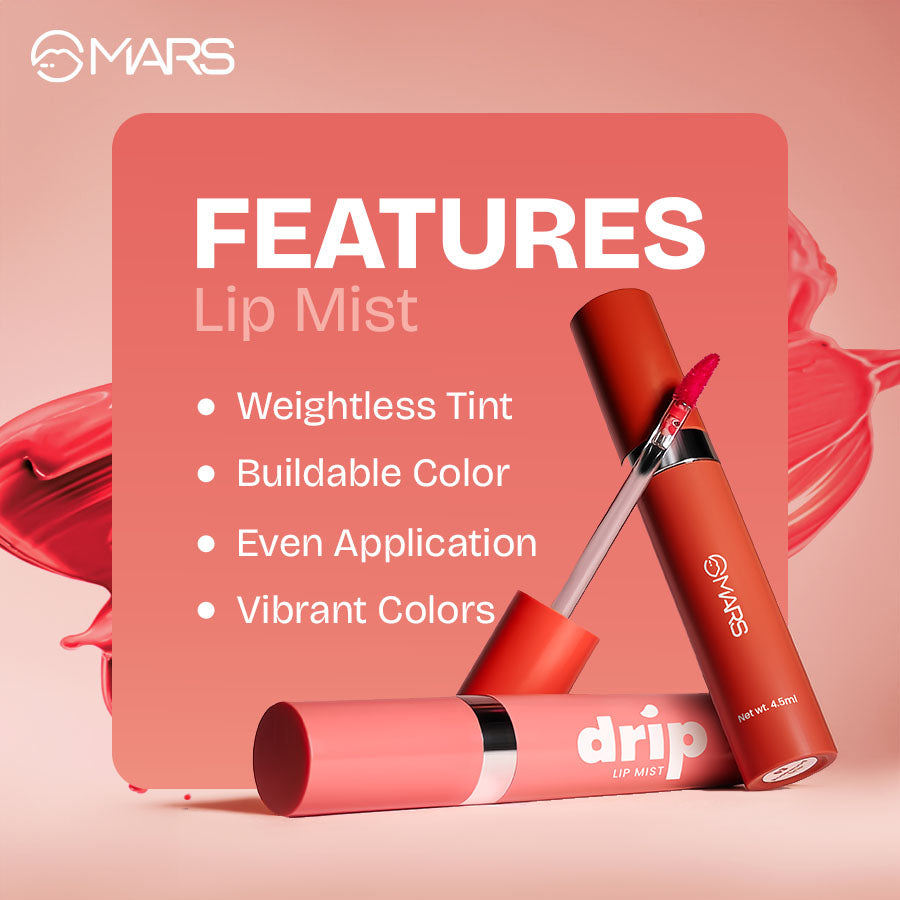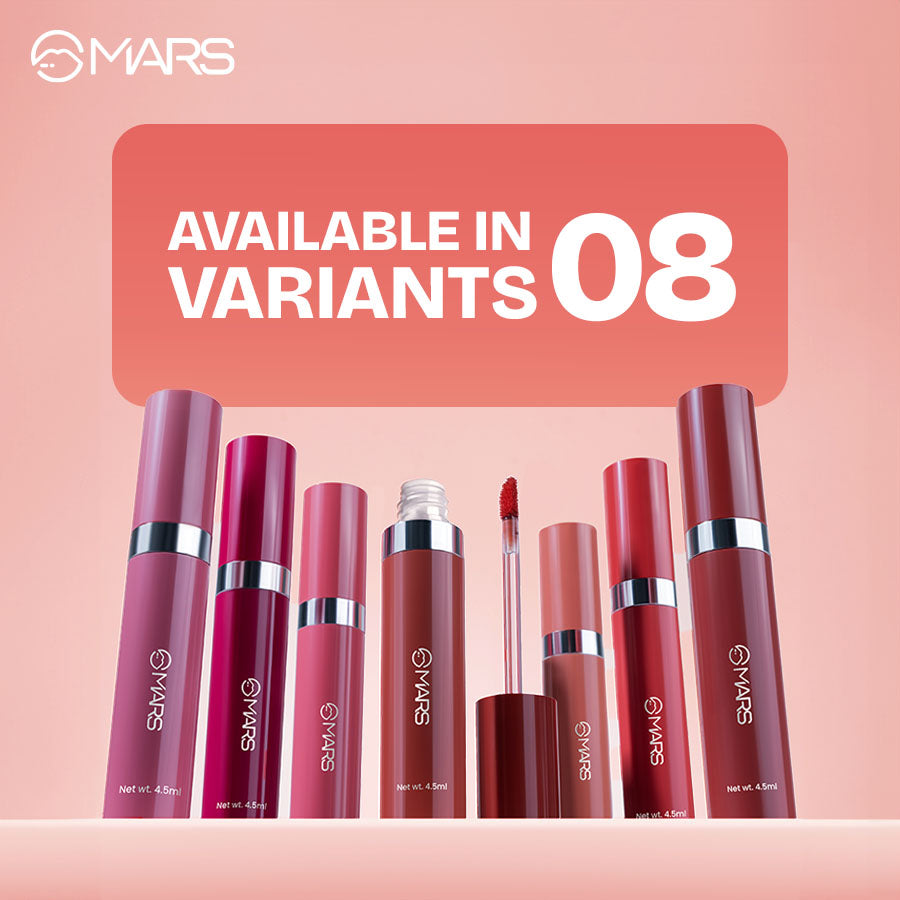How to identify your skin undertone?

How to identify your skin undertone?
What are undertones? Are skin tone and undertone the same thing? Do you know your skin undertone? What is my skin tone?
Arghh! Got so much of confusion? No worries, we’ll guide you in detail.
 No, we are not talking about your complexion, that is being fair, medium, or dark.
No, we are not talking about your complexion, that is being fair, medium, or dark.Skin tone and undertone are two different things.
Undertone does not change, unlike your complexion which changes with the season. Skin tone can change over time for a variety of reasons, but undertones remain constant. You may find yourself darker in the summer because of suntan, and lighter in the winter.
Many People do not know much about Undertones and the big role they play in determining the right clothes, jewellery, makeup, and hair colour for your skin tone.
Figuring out your undertone will help you find the best foundation, lipstick, eyeshadow, and any other cosmetic product shade.

You may have heard the terms ‘warm’, ‘cool’ or ‘neutral’ used frequently by professionals and experts. In short, your skin undertone is the hue that comes through the skin from underneath its surface.
It’s possible to have the same skin tone as someone else but have a completely different undertone. Those who are familiar with their ‘skin undertone’ think that fair skin have cool undertones and dark skin have warm undertones but that’s not the case. In fact, each complexion, be it fair, medium or dark can have warm, cool, and neutral skin undertones.
Now, you must be wondering how you can identify whether you are warm, cool and neutral. We’ll tell you few things to observe to figure out your undertone. Let us first learn about the hues.
Cool Undertones: If you have a pink, red, purple or bluish hue to your skin, then you have cool undertone.
Warm Undertones: You're warm-toned if the base tone of your skin is yellow, golden, Peach, or olive hue to your skin.
Neutral Undertones: You're neutral-toned if you have a mix of pink and yellow in the base of your skin.
People who do not have cool or warm undertones are said to have neutral undertones. If there’s a mixture of both warm and cool hues, or your undertone is the same colour as your actual skin colour, then you fall into the neutral category.
How to Tell if You Have a Warm, Cool or Neutral undertone?
Determining the undertone of your skin can be easily done by self-examination.
We have got three simple test for you to figure out your undertone.
You can try any one or more of these tests to know your skin undertone.

#1: The Wrist
Look at the inner part of your arm and at the veins on the inside of the wrist. The colour of your veins will help you determine your undertone.
Cool: You can tell your undertone is cool if the veins in your wrist look blue or purple.
Warm: If your veins appear greenish or olive, you have a warm undertone.
Neutral: If you cannot determine which colour is dominant in your veins then you have a neutral undertone.
#2: The Jewellery
Take a piece of each of silver and gold jewellery and place it next to your skin.
Cool: You have cool skin if silver jewellery tends to look flattering on your skin
Warm: If gold looks good on your skin, You are more likely to have a warm tone.
Neutral: If you look good in both gold and silver jewellery, Your lucky. You may have neutral undertone. A wide spectrum of colours are complementary to neutral undertones.
Tip : Many people consider rose gold as a cool-toned metal but do not use it for this test. Stick to silver and gold for accurate results.
#3: The Sun
The way your skin reacts to the sun can help you find your skin undertone.
Cool: If your skin starts to burn or turns red in the sun, it indicates a cool undertone. Cool undertones are more prone to sunburns.
Warm: If your skin tans easily in the sun, you have a warm undertone.
Neutral - People with neutral undertones can have mixed reactions to sun exposure.

As an additional step, pick one foundation shade that matches your skin tone from both the warm and cool undertones. The shade that disappears in the skin is a match for your undertone. Just remember to test your foundation colour on your lower neck and chest area where nerves are more visible.
These were the few mostly used examinations we have curated to identify your undertones.
We hope it would be helpful for you to identify your undertone.
Please let us know in the comment section below, if we missed on anything.
We would love to hear from you!




